Could you first introduce yourself to the reader?
My name is Zak Cochrane. I am an anti-racist campaigner and one of the coordinators of Love Music Hate Racism.
Tell us about Love Music Hate Racism?
Love Music Hate Racism (LMHR) is a nonpartisan campaign which aims to promote unity through the power of music. LMHR was born in the tradition of the Rock Against Racism (RAR) movement of the late 1970s, which sought to use music to unite people and promote anti racism. Our message is simple, there is more that unites us than divides us. Nothing demonstrates this more than the music we listen to.
When did the campaign start, and where did the idea come from?
The campaign was launched in 2002 as a positive campaign aimed at tackling the growth of far-right groups such as the BNP who were beginning to make electoral gains in a number of constituencies across Britain by fostering divisions between communities.
RAR was an effective campaign for discouraging support for the National Front in the 1970s. It was able to pull together punk and reggae fans, black and white young people into a united movement that opposed the hateful message of the NF. ‘Love Music Hate Racism’ was the slogan of Rock Against Racism, it was a fitting tribute to carry on their legacy but also reflected where music was at in the early 2000s.
There were many new forms of music that were not present in the 1970s, such as indie, grime, hip hop, RnB, bhangra, and Drum and Bass. LMHR better represented the diversity of musical genres than RAR.
Tell us about a recent project you have run, and the impact it had?
LMHR has held many successful festivals in the early 2000s such as a Victoria Park carnival and at Stoke Britannia Stadium which tens of thousands of people attended and international artists such as Kelly Rowland, Babyshambles, Chip and Ms Dynamite performed at. This was impactful in discouraging support for the far-right particularly in Stoke where the street organisation the English Defence League (EDL) had held large mobilisations in the city.
Recently, LMHR has sought to run impactful campaigns on social media reflecting the fact that it has become an important part of people’s everyday lives and that the far-right spread lots of misinformation and hateful content online.
LMHR worked together with leading record labels in 2017 to run an impact day in the run up to UN Anti Racism Day. International artists such as Coldplay, Dupa Lipa, Stormzy and Ed Sheeran took part by wearing the iconic ‘Love Music Hate Racism’ t-shirts and promoting the campaign on their socials. It was tremendously successful on the day with the hashtag LMHR trending on twitter.
What has been the highlight for the campaign to date?
The Victoria Park carnival in 2008 has to be one of the highlights of LMHR to date. Tens of thousands of people came to the event 30 years on from the famous Rock Against Racism carnival at the same location which The Clash headlined.
Acts in 2008 included an original 1978 artist, Tom Robinson Band, along with: The Good The Bad And The Queen, Hard-Fi, Roll Deep ft Wiley, Tinchy Stryder & Jammer, Rock Against Racism Allstars ft very special guests, Jay Sean, Jerry Dammers (Ex-The Specials), Poly Styrene (X-Ray Spex), Bashy, The Paddingtons, Patrick Wolf, Natty, Nihal, Skream & Benga, Don Letts, and more!
And what is the biggest challenge?
There has been a spike in hatred and division over the last few years, demonstrated best by the growth of far-right street movements and governments across the world. This has to be seen as a huge challenge to everyone who wants to live in a kinder society where individuals and communities support each other and are proud of our diverse societies.
Our challenge is to bring people together once more, music can play a key role in this task as RAR and the LMHR of the early 2000s demonstrates.
Love Music Hate Racism has the support of some of the biggest names in the industry. How did you go about contacting them?
We have been lucky to receive support from across the music industry with getting artists involved with the campaign. People from across the industry understand that we all have a role to play and that when we work together it creates an impactful campaign. I hope that people from the music industry see themselves as ambassadors for LMHR and help us make this as big as possible.
What role do these celebrities play in the work that happens at LMHR beyond a presence on your website?
You have to try and engage artists at many different levels. For some it will be just a case of using their platform to help promote the campaign online, whereas others might have more time or the inclination to speak on panels, perform at an LMHR event or get more actively involved as ambassadors for the campaign. So there are many roles an artist can play to complement what we do.
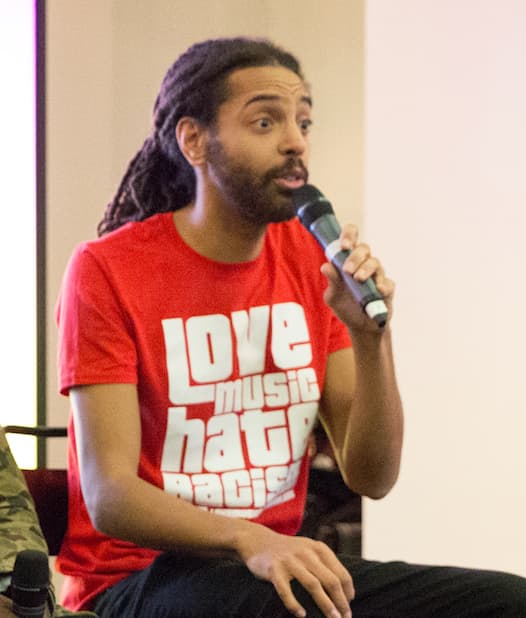 Do you see yourself as an organisation more invested in music and culture or as a vehicle to fund and change attitudes on race?
Do you see yourself as an organisation more invested in music and culture or as a vehicle to fund and change attitudes on race?
The two are inextricably linked. Music and culture are very effective tools both at resisting racism and winning people over to antiracism. For example, look back to Billie Holiday’s ‘Strange Fruit’ (written by Abel Meeropol in 1937), which was inspired by the lynching of black people in 20th century America, and was credited with being the beginning of the civil rights movement in terms of its impact. Or you can fast forward to the role Rock Against Racism played in the 70s.
Both examples show that by treating music and culture very seriously as tools to tackle racism, it can be transformative in terms of winning people away from reactionary ideas, which are never automatic in people’s mind. Music can play a role both in highlighting injustices and uniting people.
Putting on regular events seems to be integral at LMHR, what is the purpose of these?
We are increasing our focus on online content because we feel this can have a big impact and spread a positive message far and wide. But regular events across the country is absolutely a key part of the activities of our local groups.
It gives those who want to get more involved with the campaign at a grassroots level something to get their teeth into. There are aspiring musicians, local promoters or just talented organisers who have a lot to offer the campaign through organising activities and gigs in their area.
It can make a big difference to a community to have a unifying event such as an LMHR gig in the local music venue. It can pull people together who otherwise might have stayed apart from each other.
Our long-term aim is to have more of a focus on creating impactful educational materials for schools and colleges. We believe this could make a big difference as a resource in classrooms across the UK.
With these events running all over the country, do you find there to be a difference in attitude towards your presence based on location, and if so, could you say a bit about that?
LMHR events are generally well received. I feel people appreciate the initiative but, as with anything, I tend to think they will go better where we have more established local groups and contacts.
Birmingham held a gig with 600 in attendance in the last year, but this was a mix of good acts, support from local trade union branches with covering the cost of hiring the venue and artists, as well as experienced event organisers.
Since the growth in popularity for grime and drill music which are very much associated with ‘endz’ and/or black culture, do you feel it’s helped to liberate or marginalise young black people?
Probably a bit of both. In some ways it feels like Drill music artists/fans are being marginalised in the same way that was the case for grime 10 to 15 years ago. The 696 page form promoters and licensees had to fill out to ‘risk assess’ grime MCs and DJs discouraged people from booking grime acts so at times it was hard to find grime events.
So this you could say was marginalising for some young black people who related to that genre of music. But now artists such as Stormzy, AJ Tracey, Skepta and Dave are chart toppers and mainstream, so it gives a platform for grime artist coming through.
Maybe Drill music will go through a similar process. Although, there are already artists such as Unknown T who have forced their way into the charts even when the genre is demonised. I appreciate the work of Drillminister in ‘political drillin’, where he exposes some of the double standards aimed at drill music while ignoring violent language in other walks of life.
Is there an end goal, or how do you measure success?
It is not an easy thing to measure in some ways – how do you quantify the difference the campaign has made? There will be signs across the country if we are bringing individuals and communities together.
This year is the 40th anniversary of 2 tone, a genre of music that owes it existence, amongst other things, to the success of rock against racism at bringing different communities together and fusing the music those communities listened to (ska/punk rock). So maybe we will have to look out for similar signs down the line.
During your time at LMHR do you feel there has been a shift in the attitudes towards BAME musicians, and if so, did this coincide with the rise of a particular genre?
There has been a huge shift in attitudes to BAME artist particularly around grime music. When LMHR started in 2002 many grime artists were starting out and I think it is fair to say they were finding it very difficult to get record deals, or even gigs. Now grime artists are amongst the biggest names on a label’s roaster, and are doing very well in the charts. Some have shown they can achieve huge success as independent musicians.
You’ve been granted the ability to send a message to 16-year-old you. What do you say?
Hope is the best message you can send to young people. That can mean many things to different people, but the feeling that you can create a better situation for yourself and the people around you goes a long way.
I would like to think that LMHR can offer people a hopeful message that together we can overcome hatred and division and create a kinder more unified society.
Do you have any events coming up that you would like to promote?
Love Music Hate Racism is launching a positive campaign called ‘Beautiful Resistance’ to run for a fortnight between the dates of 8 – 22 March 2019. These dates are a week either side of the UN Anti-Racism international demonstration on Saturday 16 March. The fortnight period will involve coordinated activities across the music industry, including music labels, promoters, venues, music press, festivals, footballers, artists, managers and more.
Where can people find out more about the work you do?
Check out lovemusichateracism.com and our socials: Facebook , Twitter (@lmhrnational) and Instagram (@lovemusichateracism)

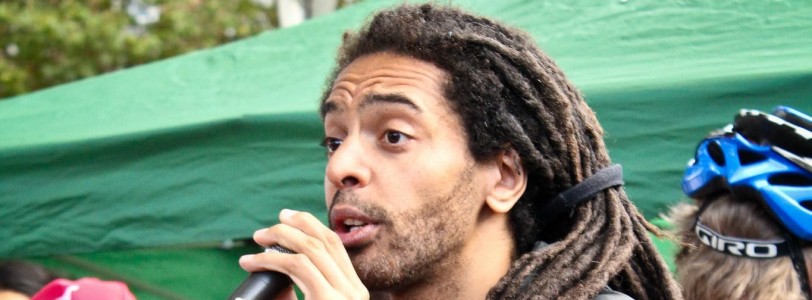
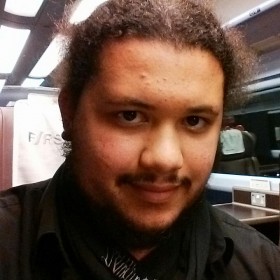
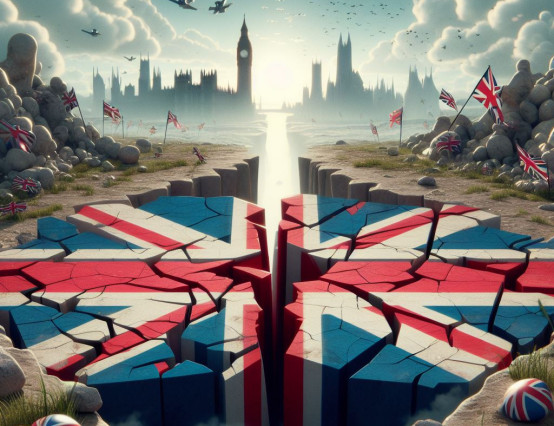
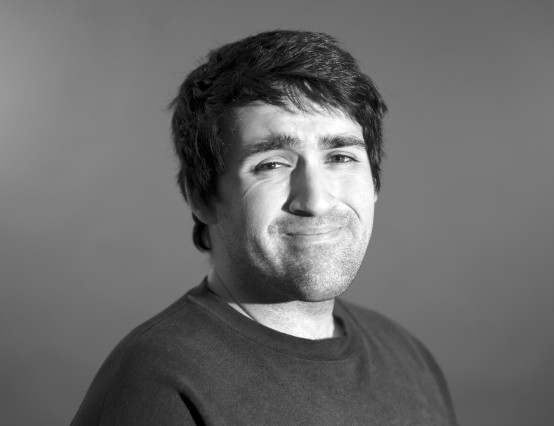
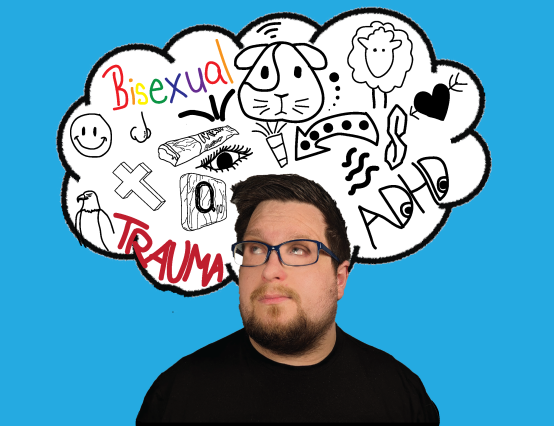


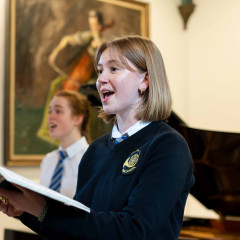
0 Comments